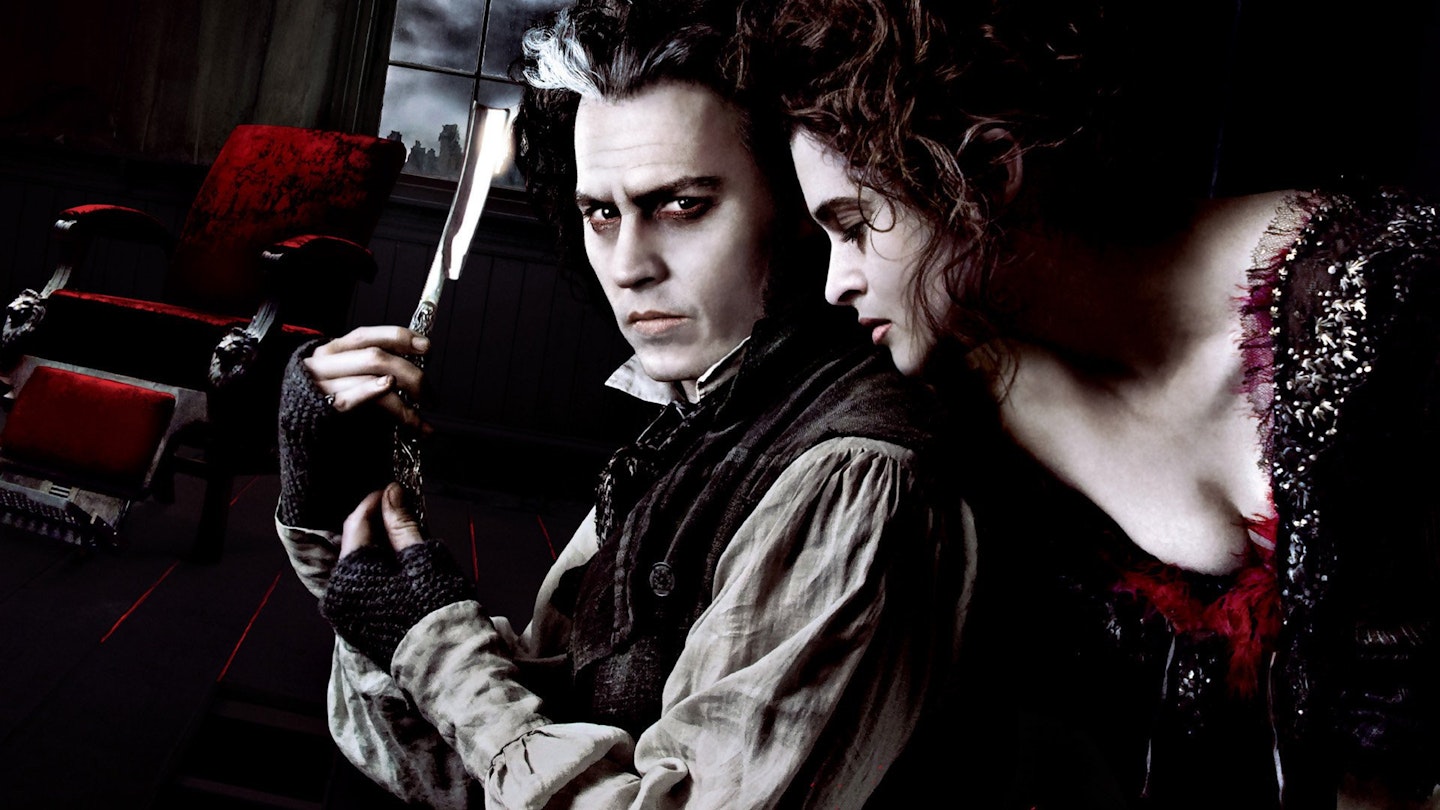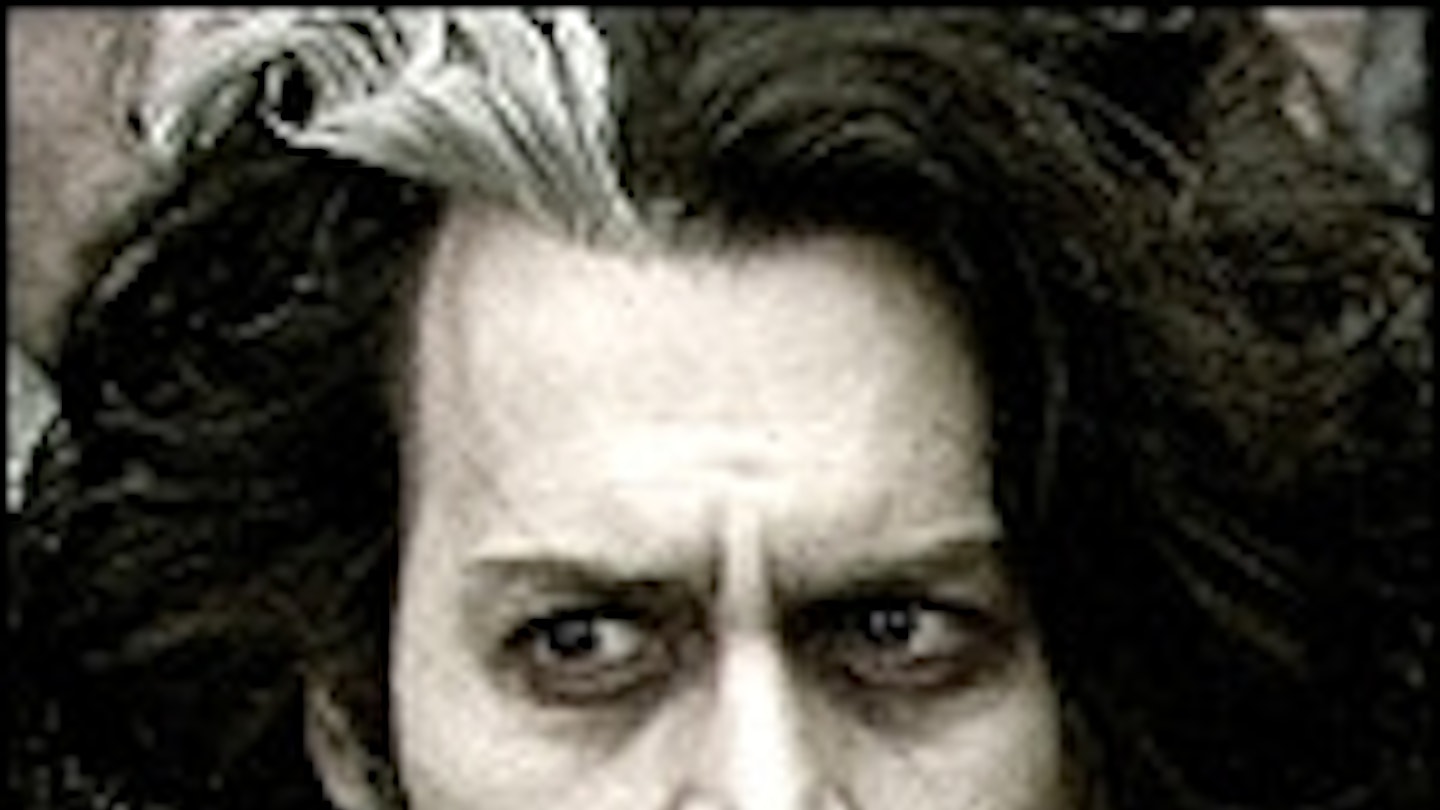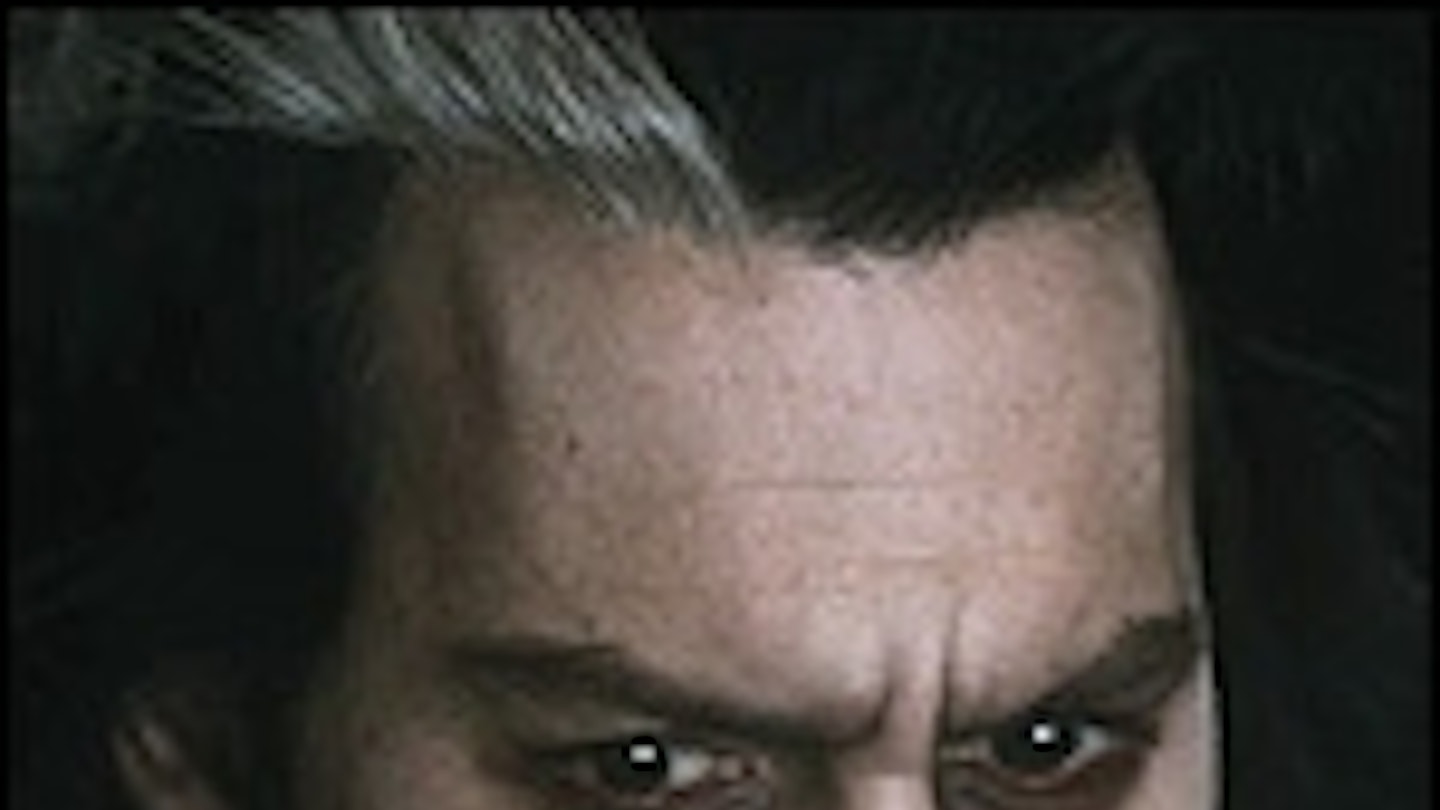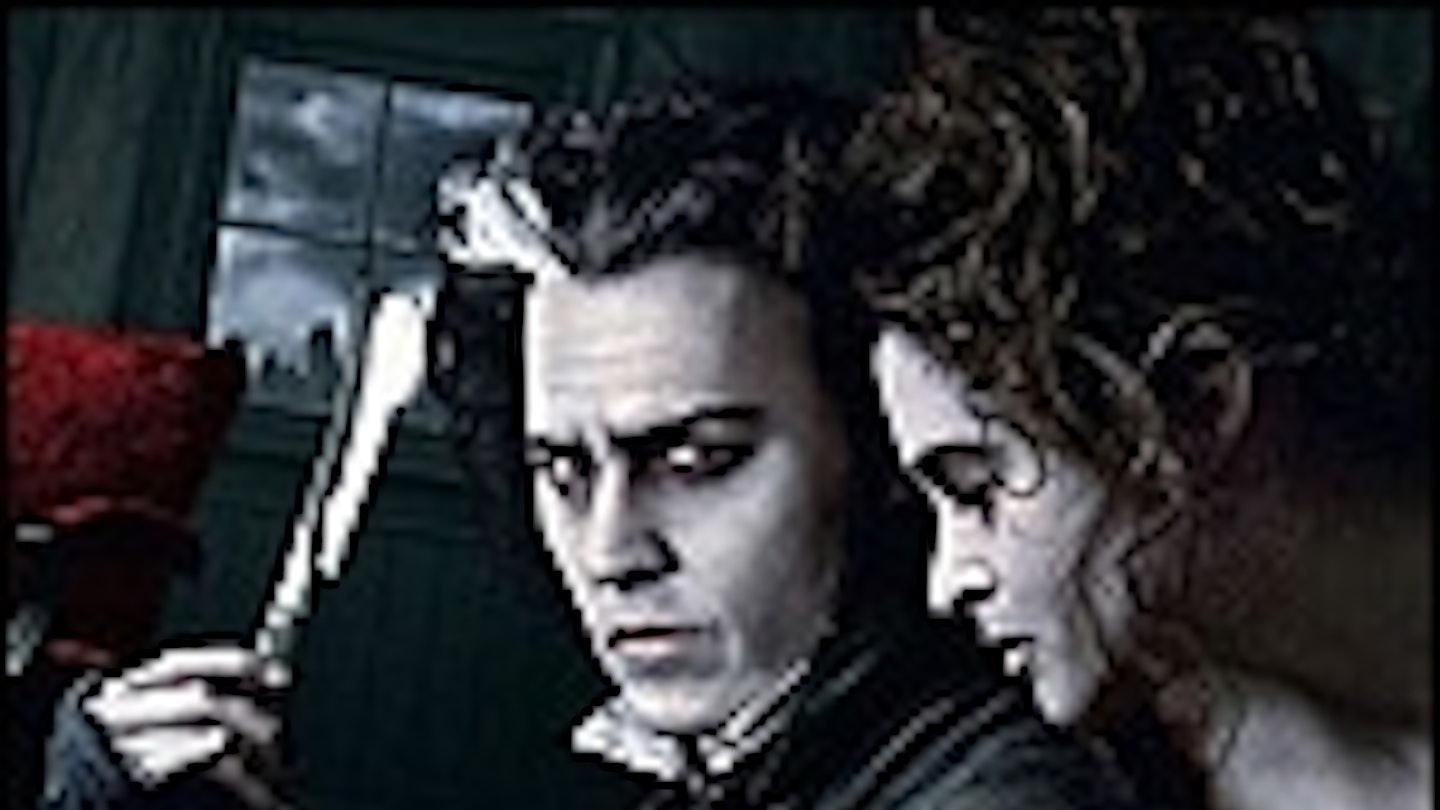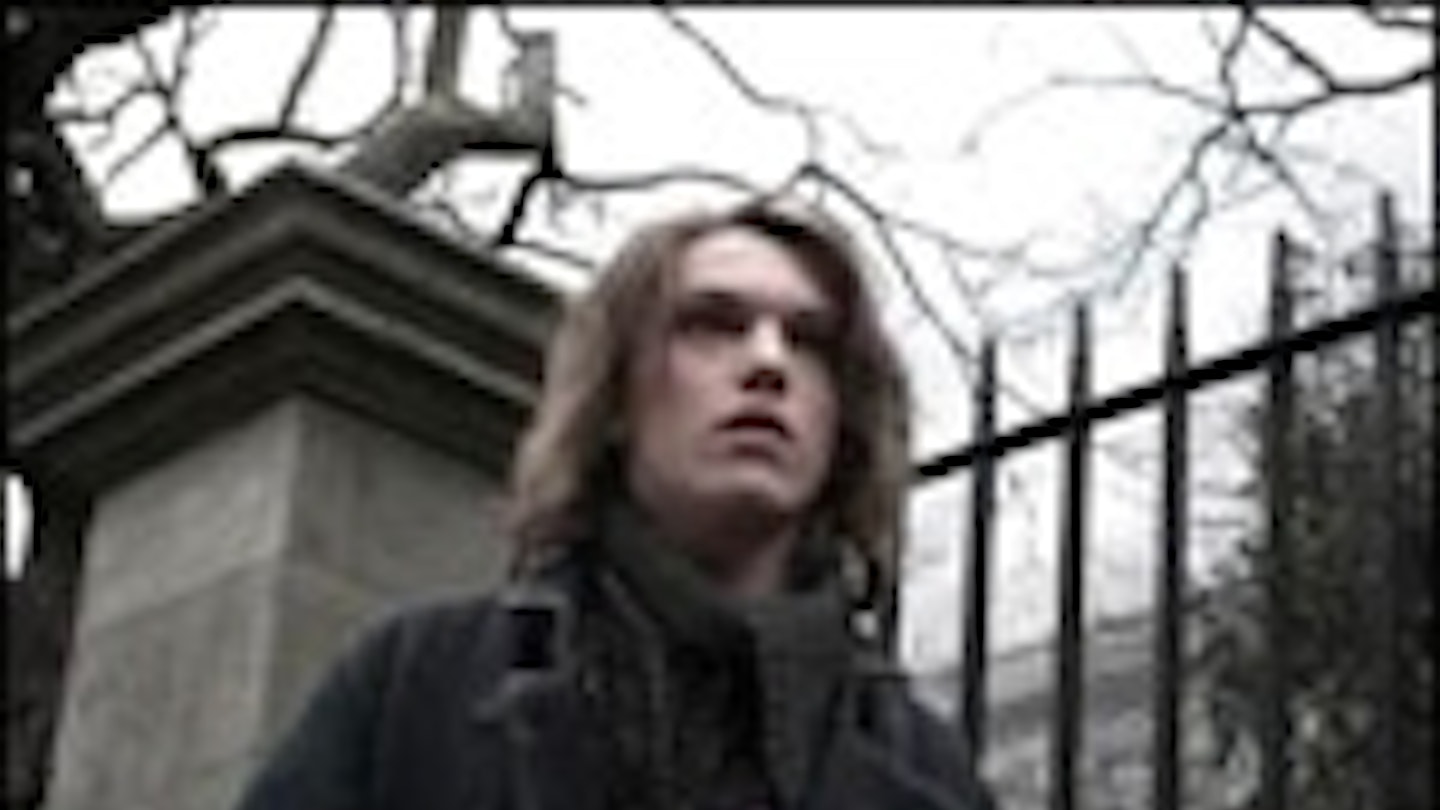Everybody knows the story of Sweeney Todd, the barber who cut his customers’ throats and turned the corpses over to his criminal partner Mrs. Lovett to be cooked up in meat pies. Debate persists as to whether he was an actual historical character, but the Demon Barber Of Fleet Street has been prominent in our national gallery of horrors since the middle of the 19th century.
The usual version of the tale - as enshrined in Victorian penny dreadfuls, sensationalist theatre and a ramshackle but wonderful 1936 vehicle for aptly named British horror star Tod Slaughter - is all about crime. Sweeney Todd’s methods may be gruesome, but he’s primarily in it for the money (the early versions of the story are titled after the loot, The String Of Pearls). Then, in 1968, playwright Christopher Bond came up with a new take, drawing on Jacobean revenge tragedy and populist melodrama in which horribly violent stories expose social inequities. This reading caught the attention of composer-lyricist Stephen Sondheim, who adapted it into a dark, bloody 1979 Broadway (and West End) musical which has understandably never enjoyed the long carriage-trade runs much lesser shows have managed, but is acclaimed as a peak of the form.
This masterpiece has proved a daunting movie prospect: the few films of other Sondheim shows haven’t been hits, the track-record of musical horror isn’t encouraging (shudder at the memory of Joel Schumacher’s Phantom Of The Opera), and the score was thought to be beyond the tonsils of non-singer stars. Moreover, audiences traditionally want musicals about happy-go-lucky, song-in-their-hearts lovers who clinch for the final curtain. Sweeney Todd offers a protagonist so consumed with hatred he can only have a real relationship with his favourite razors (subject of the show’s big love song, My Friends) and a crass cook horribly in love with a man-monster who only notices her when she suggests cannibalism as a solution to his corpse-disposal problem. Enter Tim Burton and Johnny Depp, artists with a knack for alternating crowd-pleasing hits with more demanding, peculiar work. Neither has gone this dark before, but their canniness tends to take audiences down strange, often dangerous byways.
First off, screenwriter John Logan (Gladiator) and director Burton have been daring in their adaptation. If you want a faithful preservation of the stage show, see the DVD of a filmed Broadway performance with George Hearn and Angela Lansbury - because this isn’t it. Songs have been trimmed, sub-plots pruned (the young lovers, who once provided some sweetness and light, barely get a look in) and a few trace elements (a blink-and-you’ll-miss-it Anthony Head cameo) suggest a last-minute pruning of the script. Most unusually, The Ballad Of Sweeney Todd - which Sondheim uses to introduce the character and reprises throughout to keep the story bubbling over - is present as a theme, but bereft of its lyrics. On stage, the Ballad serves to frame the story as a tale being told (“What happened then/Well, that’s the play/And he wouldn’t want us to give it away”), and also as justification for the melodramatic plot-shuffle which gets everyone in place for the bloody finale. Here, after the magnificent tune and a striking credits sequence featuring a viscous red blood pool which oozes like The Blob, we plunge into the latest of Burton’s decaying, noirish fantasy cities. This Hammer Horror London, presumably at the turn of the 18th to 19th centuries, is entered by passing under Tower Bridge, which in the real world wasn’t built until a hundred years later. In other films, that might be a historical gaffe - but this is a Gotham City version of Old London.
Having dispensed with the distancing devices, the film casts everyone younger than written. This isn’t a commercial decision, since Johnny Depp and Helena Bonham Carter bring a pale, insomniac vigour to their ghastly characters, which serves mostly to up their savagery. They don’t, however, add spice to the recipe - like a surprising number of Burton’s films, any sexuality is channelled into other obsessions.
A key peripheral character, who was a vulgar prostitute on stage, is now a demented holy fool; and Depp’s Todd is so focused on vengeance that he never takes so much as a sidelong glance at Mrs. Lovett’s corseted cleavage. The stars make surprisingly fair fists of the singing (Depp sometimes sounds as if he’s fronting a David Bowie tribute band), and their acting muscles put over Sondheim’s intricate, clever lyrics (A Little Priest, the “list” song about cannibalism, is Tales From The Crypt via Gilbert and Sullivan). You can’t like Sweeney and Mrs. Lovett, but they’re hard to look away from.
With truncated roles, the supporting cast have to work hard with what’s left. Sacha Baron Cohen struts like an import from an operetta in two contrasting, funny scenes before his abrupt exit, while Alan Rickman (adding subtlety) and Timothy Spall (going the other way) contribute villainy as the confident, perverse Judge Turpin (unshaven cheeks a clear invitation to his ultimate fate) and his toadying, toothy sidekick. The most strenuous arc is given to the youngest character, Toby Ragg (Ed Sanders), the abused Artful Dodger-like apprentice who Mrs. Lovett inherits from Sweeney’s rival barber, who is driven to homicidal mania come the climax. Sanders, a child rather than the twentysomething usually seen in the role, is creepily convincing, which doesn’t make the climax any more comforting.
Burton doesn’t stint on arterial spray from cut throats (with almost pure black-and-white art direction and costuming, scarlet is often the only colour on screen) and adds his own gruesome touch, with skulls smashing when the corpses tip out of Todd’s purpose-built barber chair -a typical Tim Burton contraption - to fall head-first into the stone-floored basement. The social comment, never a Burton strong suit, is present but unstressed - which, along with a bloodied Depp and the Gothic slum sets, occasionally raises unbidden memories of From Hell. This is far more a tale of cold, one-track-mind psychosis (with appalling fall-out for anyone who gets between Todd and his purpose) than a picture of a world where man is always devouring man.
But somehow it’s not a downer: ultimately, everyone gets what they deserve, even if it that means merely a magnificent death.
